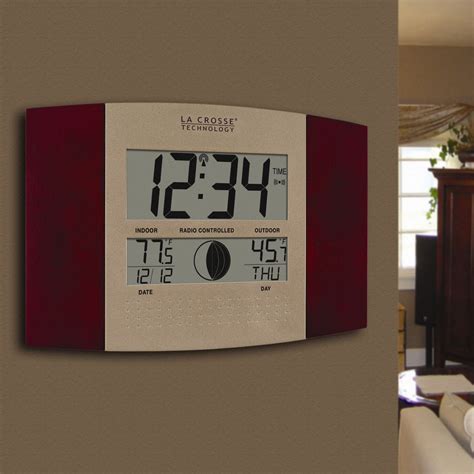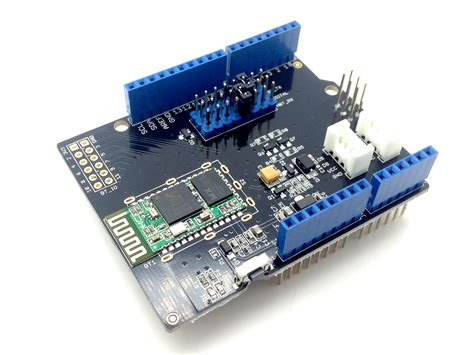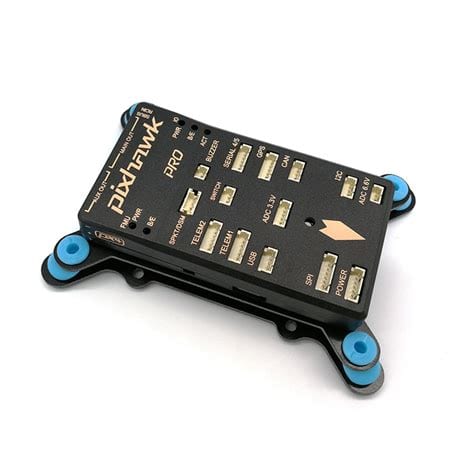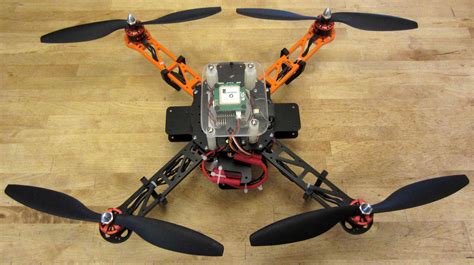
rc atomic clocks all clock sources
What are Atomic Clocks? An atomic clock is a clock that uses the frequency of an atomic transition to keep time. Atomic clocks are the[…]

How To Make an FM Antenna Booster
Introduction to FM Antenna Boosters An FM antenna booster, also known as an FM Signal amplifier, is a device that helps improve the reception of[…]

quit bouncing around news
What is News-Hopping? News-hopping refers to the practice of quickly jumping from one news story to another without fully engaging with or understanding the content.[…]

race hire embedded software engineers automotive industry
The Importance of Embedded Software Engineers in the Automotive Industry Embedded software engineers are essential to the development of modern vehicles, as they design, develop,[…]

radiated emi sources in high speed high frequency pcbs
Introduction to EMI in PCBs Electromagnetic interference (EMI) is a critical concern when designing and manufacturing high-speed, high-frequency printed circuit boards (PCBs). EMI can cause[…]

radio frequency interference analysis
Understanding Radio Frequency Interference What is RFI? RFI is defined as any unwanted signal that interferes with the reception of the desired signal in a[…]

Arduino Shields: Expansion Boards for Increasing Arduino Board Functionalities
What are Arduino Shields? Arduino shields are printed circuit boards (PCBs) that are designed to be compatible with the Arduino board’s form factor and pin[…]

Pixhawk 4: An Advanced Flight Controller for High-Performance Drones
Introduction to Pixhawk 4 The Pixhawk 4 is a cutting-edge flight controller designed for high-performance drones and unmanned aerial vehicles (UAVs). Developed by the PX4[…]

SMT Machine: Types and Features of Excellent SMT Machines
Types of SMT Machines 1. Pick and Place Machines Pick and place machines are the most common type of SMT machine used in electronics manufacturing.[…]

What Is The Core Of A Custom Drone Board
Understanding the Basics of a Custom Drone Board At its core, a custom drone board is a printed circuit board (PCB) designed specifically for a[…]